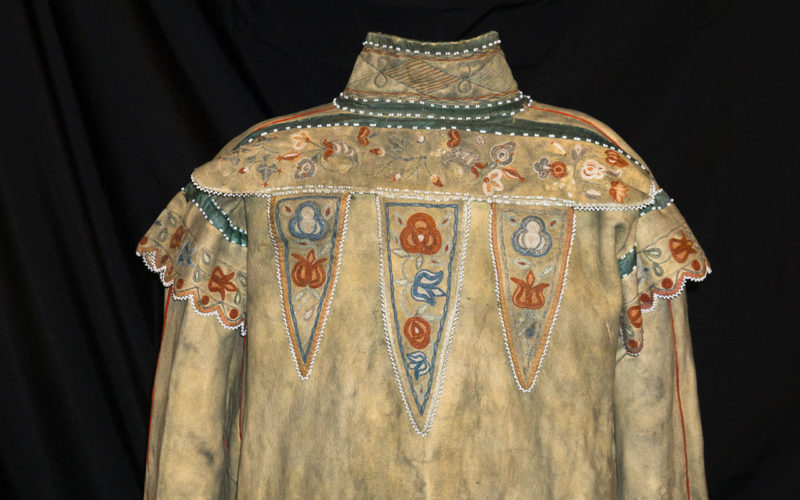BECCA MARTIN-BROWN
bmartin@nwaonline.com
All around her, arts organizations were hunkering down to try to survive the covid-19 pandemic.
But Charlotte Buchanan-Yale saw an opportunity not to keep the doors open but to blow the walls off the Museum of Native American History in Bentonville. In the first six months after closing to the public March 13, 2020, a new online version of the museum went up, complete with a virtual tour in English and Spanish and a new mascot, Tiny Tusker. At the same time, seminars, story hours and multi-day events like the Native American Cultural Celebration, all hosted by some of the best-known names in the Native American world, grew and expanded in the online format.
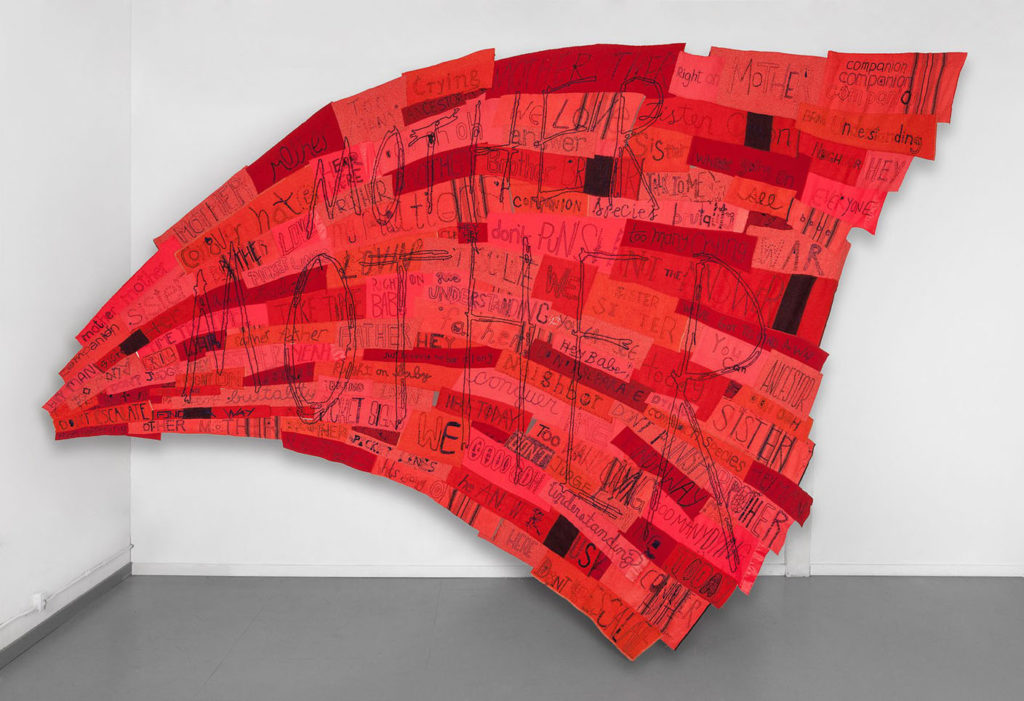
“Reinventing MONAH has been like creating a new startup company,” Buchanan-Yale says. “Working behind the scenes for the last 12 months to create MONAH’s updated website with a virtual platform has meant hard work and dedication keeping MONAH relevant and moving forward while still elevating the museum’s reputation and standing.”
The pandemic reset gave the museum staff “more time than we had in our past fast-paced days to walk in the slippers of others,” adds Buchanan-Yale. “We wanted our virtual tour of the museum to reflect [founder] David Bogle’s vision, and I wanted our ‘virtual’ visitors to experience MONAH’s special events with present-day indigenous cultural leaders in a joyful celebration of the human spirit that inspires you to want to learn more.
“With the ability to record productions, we now have an educational archive with more information about our art and artifacts, and through virtual programming, we can give a broader platform to Indigenous cultural leaders making history today, including scientists, astronauts, environmental science professors, musicians, authors, actors, storytellers and artists,” she says. “This expanded direction has made history more exciting and accessible [and] we are sought after by educators, museums, libraries and media for collaborations.”
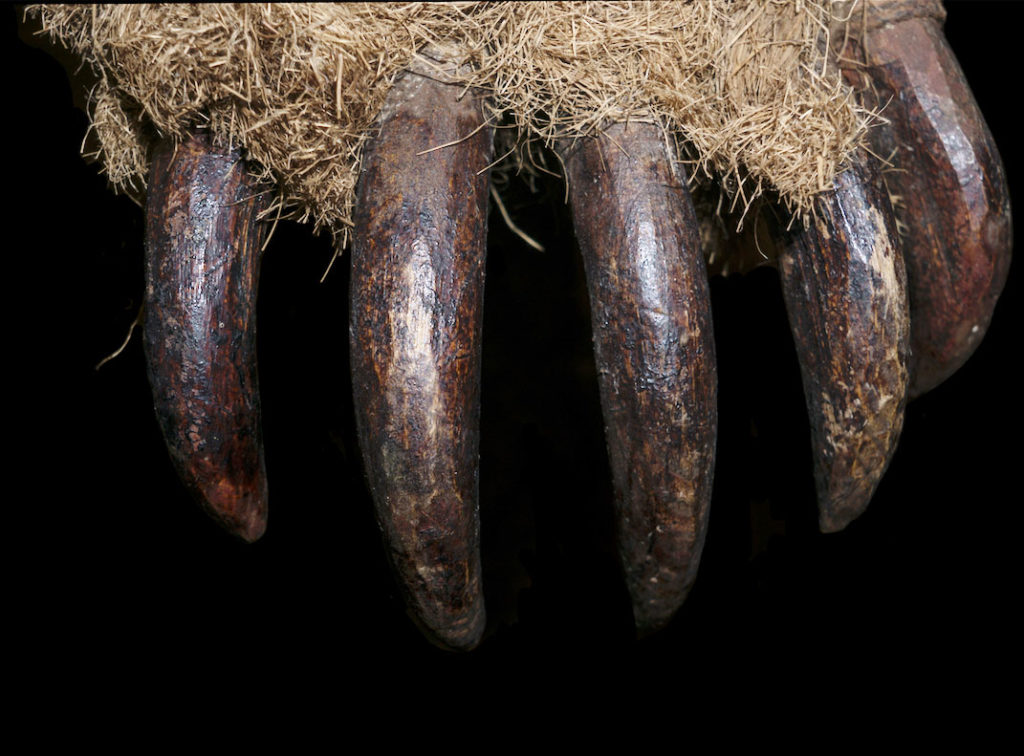
That vision — plus the ongoing passion of the museum’s founder and the support of the Walton Family Foundation and the Northwest Arkansas Council’s Bridge Fund — kept the museum going for a year. As of April 2, it’s finally time to reopen the doors and bring the virtual museum and the brick-and-mortar museum back together.
“The most important element now is to build on what we created in 2020 and make it stronger, but to keep a balance in our team’s lives when MONAH’s doors open to the public — slowly and safely,” Buchanan-Yale says.
“As for exhibits, David [Bogle] has been working behind the scenes adding to our permanent collection with new additions that will give visitors a greater window to the diversity and artistry of the first people,” she goes on. “When our doors open to the public, it will be a whole new ride with re-imagining the collection, adding new displays, and even our gift shop/ trading post has completely been overhauled. And soon we will debut a new Trail of Tears mural by Muskogee artist Johnnie Lee Diacon on our south exterior wall, supported by the Runway Group’s mural program in Bentonville.
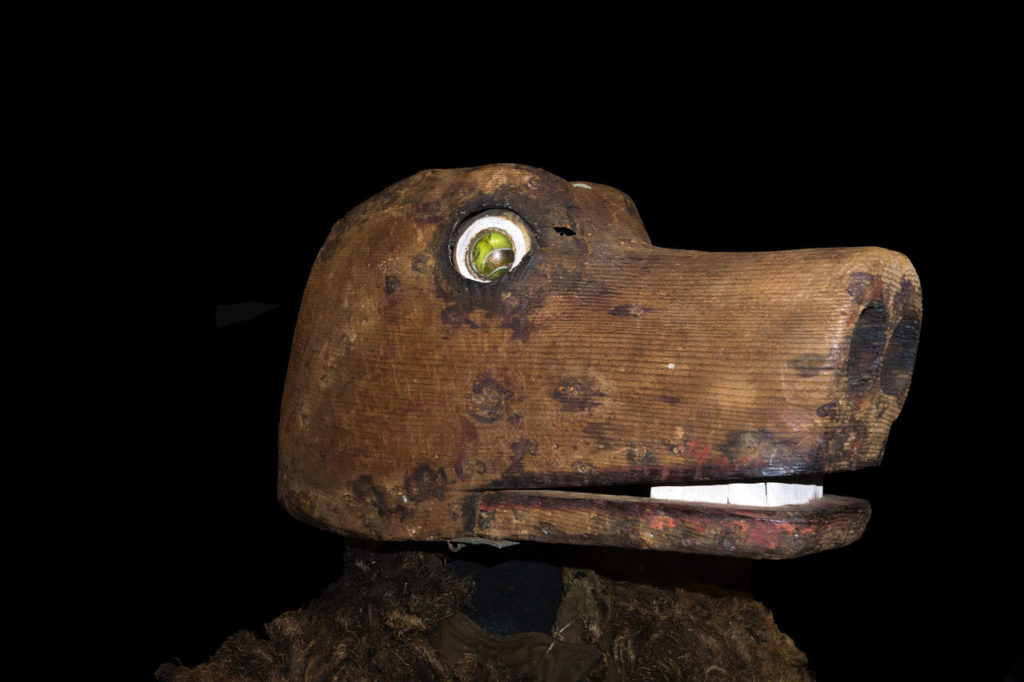
“And program-wise, we are working on a pilot program for virtual educational opportunities to create a better understanding of Native American studies with Indigenous educators beaming into the classrooms.”
Buchanan-Yale is also excited to finally get to share MONAH’s portion of “Companion Species,” a collaborative exhibition with Crystal Bridges Museum of American Art.
“We are excited to partner with MONAH on this project, and especially the ways this project encourages new ways of seeing art in conversation,” says Mindy Besaw, Crystal Bridges curator, American art, and director of fellowships and research. “This artwork serves as a jumping-off point to explore concepts of connectedness, storytelling and community through art and objects across our collections.”
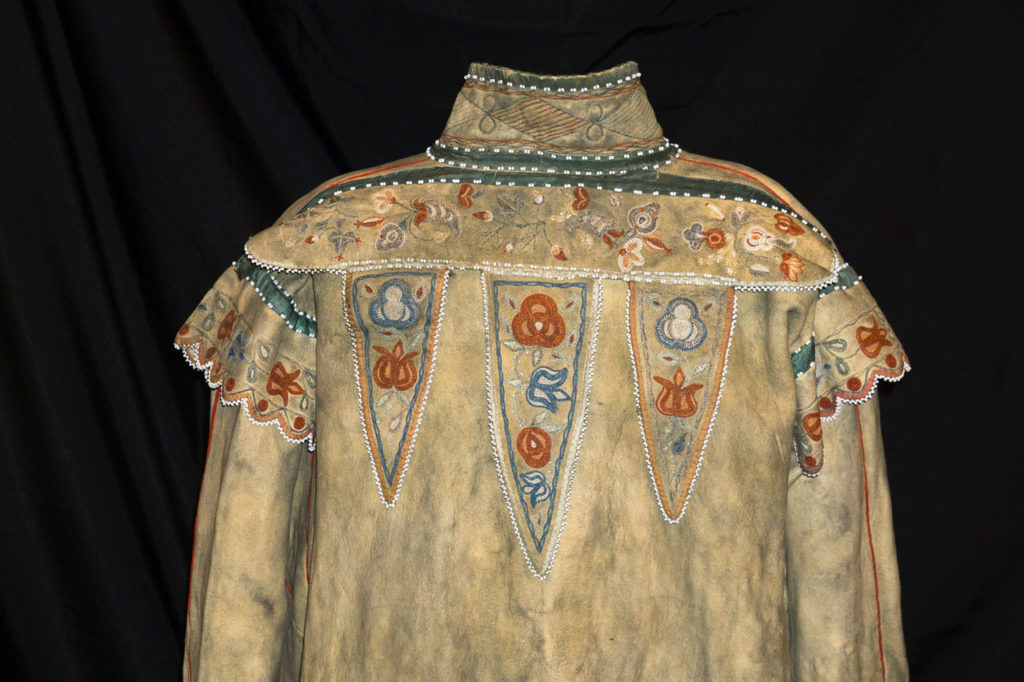
“Companion Species” takes inspiration from the recent Crystal Bridges acquisition, “Companion Species (Speech Bubble)” by Marie Watt (Seneca). According to Crystal Bridges spokeswoman Beth Bobbitt, the work was made with the help of sewing circles in Northwest Arkansas, eastern Oklahoma and Honolulu, Hawaii, in the fall of 2018 and winter of 2019. Made from reclaimed wool blankets in shades of red, “Companion Species (Speech Bubble)” is shaped like a megaphone. Words such as “neighbor” and “hate” are mixed with familial words such as “mother,” “grandmother” and “brother.” The words draw attention to Indigenous ways of acknowledging relatedness, but also come from the 1971 Marvin Gaye song, “What’s Going On.”
At Crystal Bridges, Watt’s work will be in conversation with paintings and sculpture by artists such as Harry Fonseca, Ma Pe Wi, Woody Crumbo, Louise Bourgeois, William Holbrook Beard and a variety of historic objects from different Native American communities drawn from MONAH’s collection.
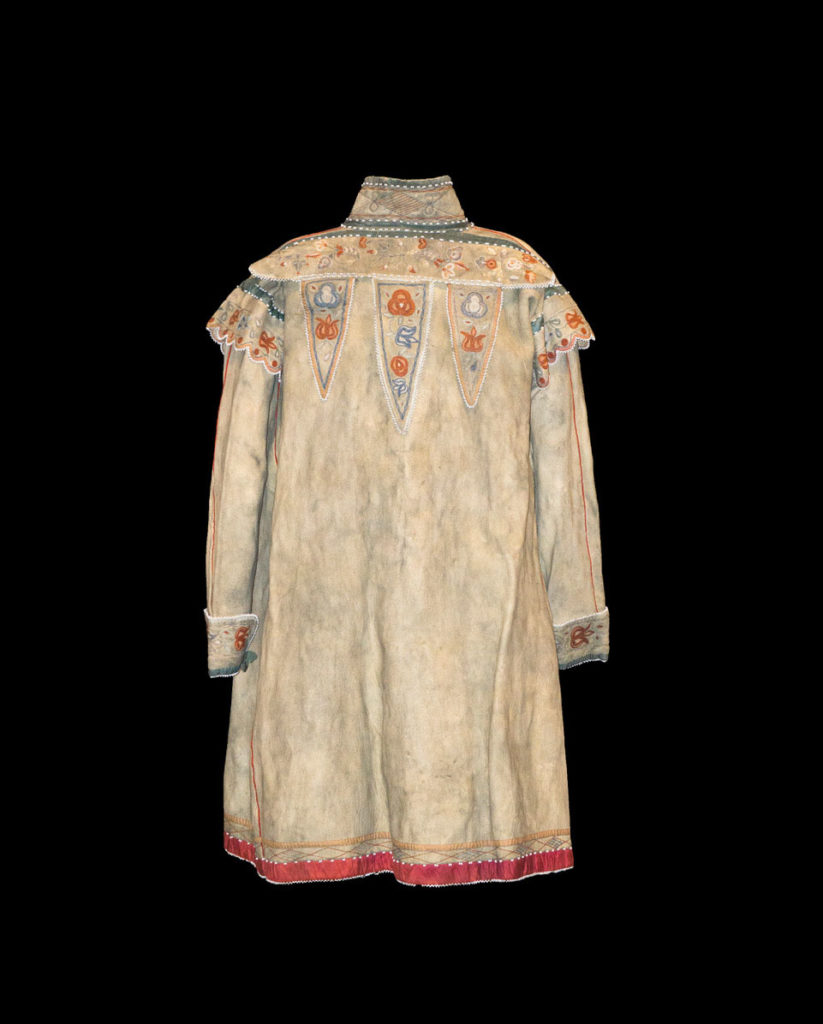
At MONAH, 15 artworks from Crystal Bridges will be installed within the galleries alongside MONAH’s collection of historic Native American art. Visitors will see Thomas Moran’s landscape of Wyoming and Joseph Stella’s large painting of abstract floral and bird forms in dialogue with Plains headdresses and Lone Dog’s Winter Count.
“Native American History is American history,” Buchanan-Yale says. “It is our mission at MONAH to expand the conversation of the native peoples through our collection and programming. This exciting exhibition with Crystal Bridges reflects an Indigenous perspective of interconnectedness and the hope of inseparable harmony for all creation: human, our animal relations, and the land we live on.”
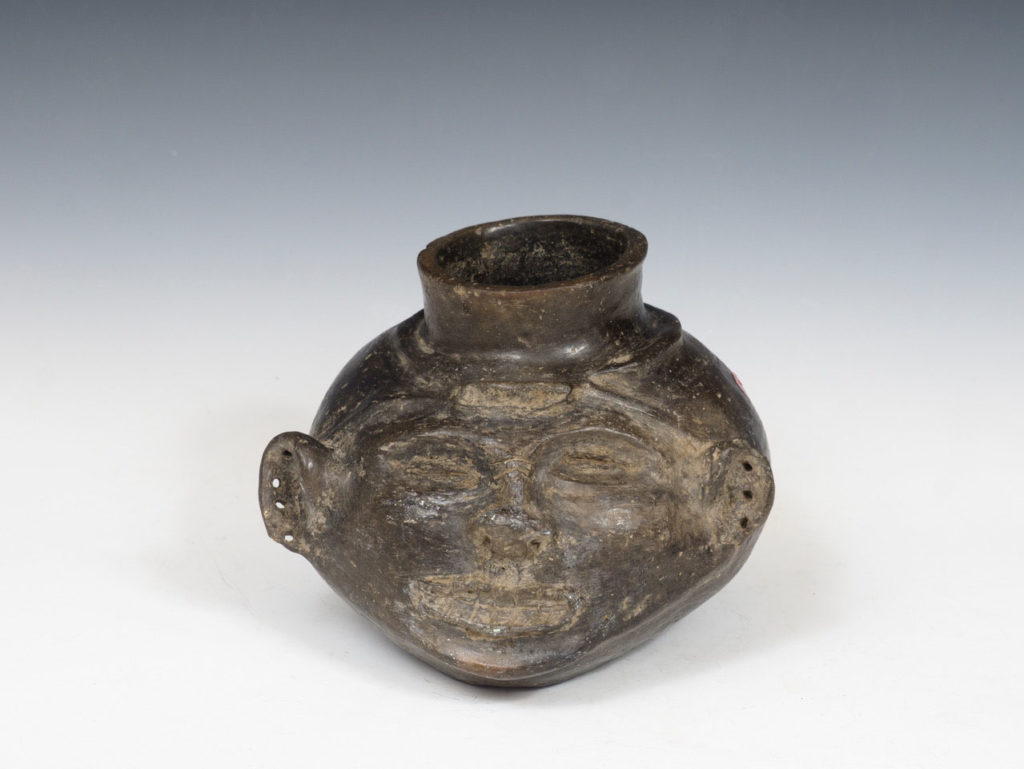
FYI
Museum of Native American History
Reopening
HOURS — 10 a.m.-4 p.m. Wednesday through Saturday, beginning April 2
LOCATION — 202 S.W. O St. in Bentonville
TIMED TICKETS — 15 timed tickets will be available to enter hourly, with the first entry at 10 a.m. and the last entry at 3 p.m.
COVID PROTOCOLS — Visitors ages 10 and older and staff are required wear face coverings in all indoor and outdoor environments where there is exposure to non-household members and social distancing cannot be assured. Masks will be available upon entry for those who do not have one.
The social distancing of 6 feet between different household groups will be required.
At check-in, any person entering the building will undergo a precautionary temperature check.
The museum will offer a no-touch experience when possible. This will include the museum store, where assistance will be at the ready for examining or purchasing items.
Hand sanitizing stations have been added, and the staff will be sanitizing any touched surface frequently as well.
Guests are asked not to visit if they have a fever, cough, shortness of breath, sore throat or loss of taste or smell or have been exposed to covid-19 in the past 14 days.
COST — Museum admission is free
INFO — 273-2456 or monah.us

